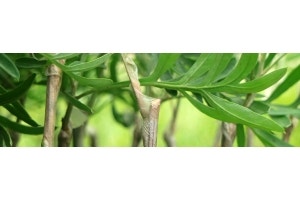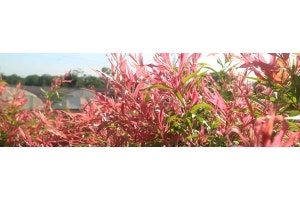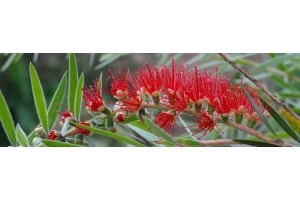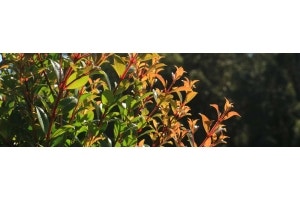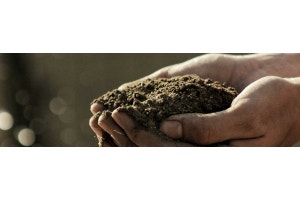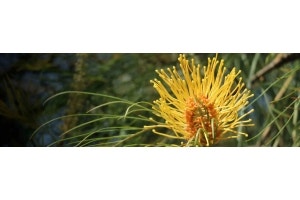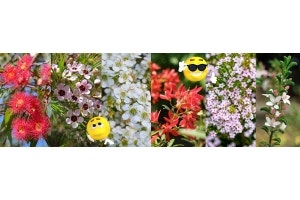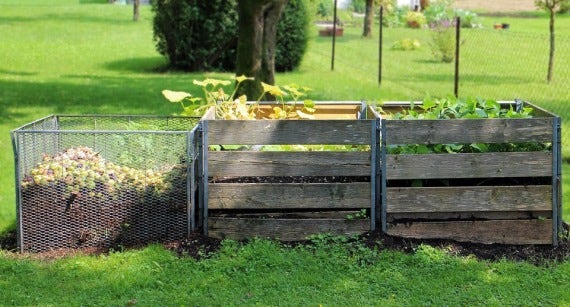
Why do we need to fertilise our plants
Well, you don’t have to. It’s your garden after all!
But your plants will grow so much better if you do. Fertilisers will help your plants develop:
- More Flowers
- More Fruit
- More leaf growth
- More root growth
- Bigger size
- Stronger healthier structure
- More disease resistance
So you can see why giving Mother Nature a helping hand can be a very good thing.
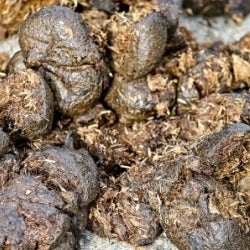
Two kinds of fertiliser
Fertilisers come in two main sorts – organic and inorganic. Organic fertilisers are made from biodegradable ingredients such as- Blood, fish and bone
- Animal poop
- Composted plant matter
- Steeped plant material eg comfrey tea
- Seaweed
Inorganic fertilisers are made from a blend of substances, usually rock minerals and petroleum, that contain concentrated forms of nutrients that release elements quickly into the soil. It doesn’t mean you are putting "chemicals" on your plants. Inorganic fertilisers are often balanced to achieve a particular goal, eg bigger fruit, or to suit a certain type of plant which needs special treatment.
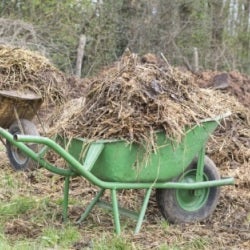
You can find organic and inorganic fertiliser in various formats for use:
- Dried pellets
- Powder
- Ready to pour liquid
- Concentrated liquid
- Foliar spray
- Mulch
- Well rotted manure
- Slow-release granules
When to fertilise
Most plants appreciate an application or two of fertiliser at the end of every growing season, to help them recuperate and re-energise for another year.
If you heavily prune a hedge or shrub during the growing season, feeding it afterwards helps it recover and regenerate. We recommend seaweed solution for this.
Plants that have a flowering or fruiting period will benefit from specialised fertiliser just before the flowering/fruiting season begins, and periodically throughout. It takes a lot of energy to produce flowers and fruits and the fertiliser will help provide that.
Controlled-release fertilisers are small pellets, applied dry and watered in. They usually last for six months in the soil, which makes them useful for busy gardeners. In subtropical and tropical climates they will break down faster and you may need to reapply every three months.
Some plants don’t like a lot of fertiliser.
Many Australian native plants only need a very weak fertiliser, as they have evolved to thrive on poor soils. They also don’t like all-purpose fertilisers that have a lot of phosphate, so look for a low or zero P number, or a specialist native fertiliser. Read our post on what those NPK letters meanIf you grow orchids, ferns, or bromeliads, use liquid fertiliser at a very weak solution. Apply to orchids when the plant has started to produce a flower spike, and to ferns when new growth has emerged. Orchid fertilisers are formulated at very low concentrations to prevent over-feeding; but you can use an all-purpose flowering plant fertiliser if you dilute it to at least half the recommended solution strength, or weaker.







